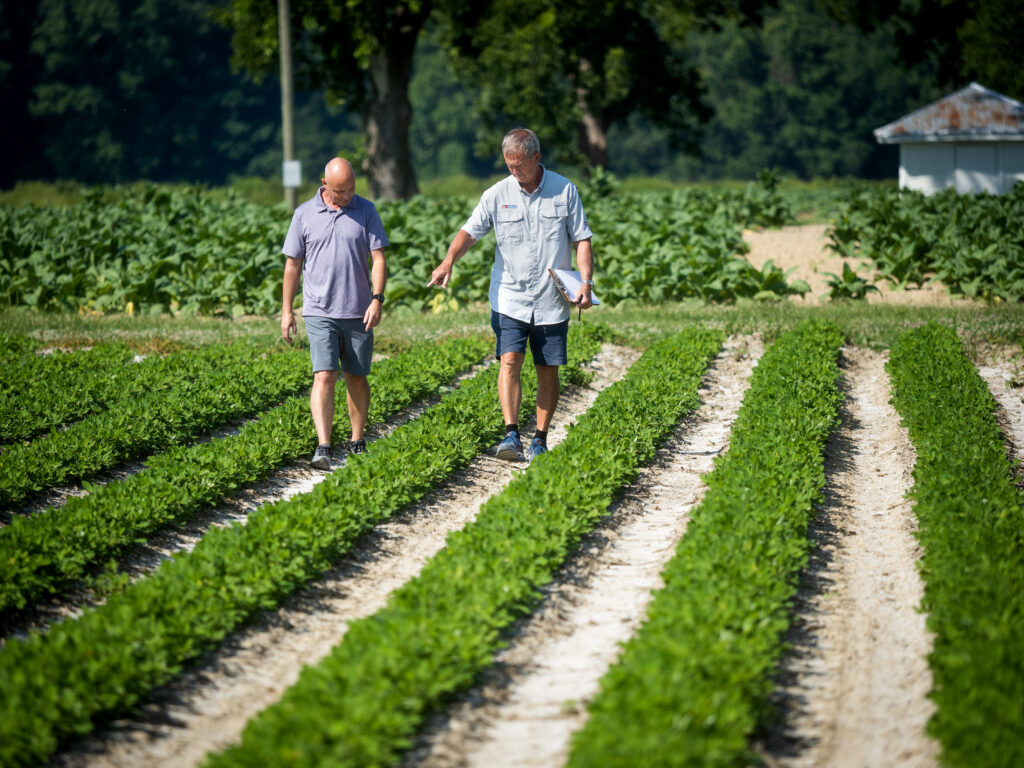Writing Good Alt Text
go.ncsu.edu/readext?966161
en Español / em Português
El inglés es el idioma de control de esta página. En la medida en que haya algún conflicto entre la traducción al inglés y la traducción, el inglés prevalece.
Al hacer clic en el enlace de traducción se activa un servicio de traducción gratuito para convertir la página al español. Al igual que con cualquier traducción por Internet, la conversión no es sensible al contexto y puede que no traduzca el texto en su significado original. NC State Extension no garantiza la exactitud del texto traducido. Por favor, tenga en cuenta que algunas aplicaciones y/o servicios pueden no funcionar como se espera cuando se traducen.
Português
Inglês é o idioma de controle desta página. Na medida que haja algum conflito entre o texto original em Inglês e a tradução, o Inglês prevalece.
Ao clicar no link de tradução, um serviço gratuito de tradução será ativado para converter a página para o Português. Como em qualquer tradução pela internet, a conversão não é sensivel ao contexto e pode não ocorrer a tradução para o significado orginal. O serviço de Extensão da Carolina do Norte (NC State Extension) não garante a exatidão do texto traduzido. Por favor, observe que algumas funções ou serviços podem não funcionar como esperado após a tradução.
English
English is the controlling language of this page. To the extent there is any conflict between the English text and the translation, English controls.
Clicking on the translation link activates a free translation service to convert the page to Spanish. As with any Internet translation, the conversion is not context-sensitive and may not translate the text to its original meaning. NC State Extension does not guarantee the accuracy of the translated text. Please note that some applications and/or services may not function as expected when translated.
Collapse ▲Images in posts take an article and make it more inviting and engaging. But for those who rely on screen readers, these images don’t exist without a well-crafted alt text. Alt text, short for alternative text, is a simple yet powerful tool that opens up the visual web to all users. Let’s explore how to create alt text that increases your post’s accessibility.
- Be Brief, Be Clear: Alt text is the bridge between sight and sound. Keep it short and descriptive. Remember, less is often more. Alt text isn’t for editorializing, use it to give enough information to give context to the image’s existence and nothing more.
- Know the Image’s Role: Consider whether the image is essential or decorative. If it doesn’t carry crucial information, it’s okay to use an empty alt text (alt=” “). However, if it’s integral, give it a worthy description. When in doubt, take the time to write alt text.
- Context is Key: Think about where the image sits on the page. Why are you placing this image here for sighted users? That information needs to be included with the alt text.
- Ditch Redundancy: No need to say “image of” or “picture of.” Screen readers already announce the presence of an image.
- Text in Images: For images with text, make sure the text is available elsewhere in the post. If the text is in the body of the post already, you don’t need to include it in the alt text. However, you can use the alt text to include that information without adding the text to the body of your post.
- Image Use: If the image serves as a link or button, let the alt text reflect its purpose. Generally, this falls under the same rules as Text in Images. If there is text in the image, it should usually be reflected in the alt text.
Alt text is necessary for inclusivity on the web. Follow these simple rules to ensure that everyone can enjoy a richer online experience regardless of their visual abilities. We are responsible to the general public to ensure our content is accessible to everyone.
Examples of Alt text use

Photo by Marc Hall
Alt text with no context
A field with plants.
Alt text on an article about local crops
Men inspecting a field of peanuts.
Alt text on an article about research
Men examine rows of peanuts at the Upper Coastal Plain research station.
Read more at Why Alt Text for an Image Is Important


